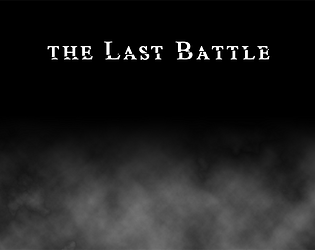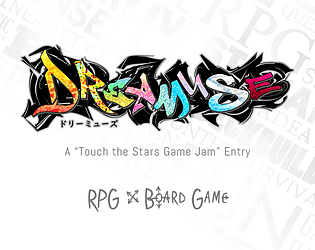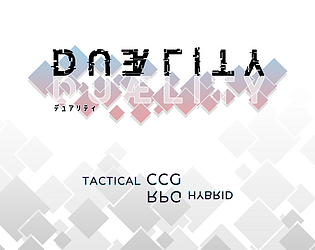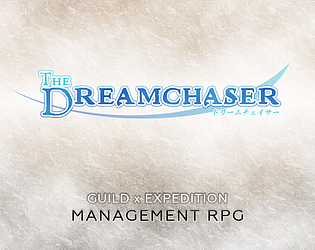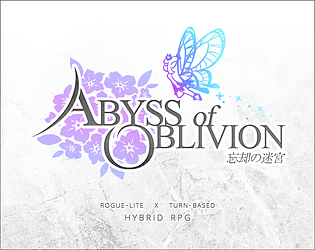What can I say? An adorable, clever, and aesthetically wonderful entry, as one would expect, from Nowis-337.
While I agree that the boss patterns were simple, I'm of the opinion that that's totally fine: the game feels like it just wants to be a small delightful experience, and not a Dark Souls. The action element is meant to engage, not to challenge, the player, and it does that in spades.
The only nitpick (if one could call it that) I have, is that given the creator's talent and sensibilities, I REALLY want to see a longer/larger project that goes beyond the charm and offers deeper systems and mechanics that I could happily invest and get lost in.
Cheers!


